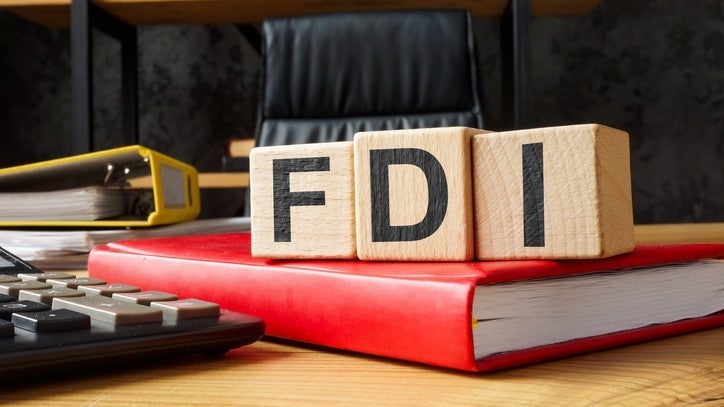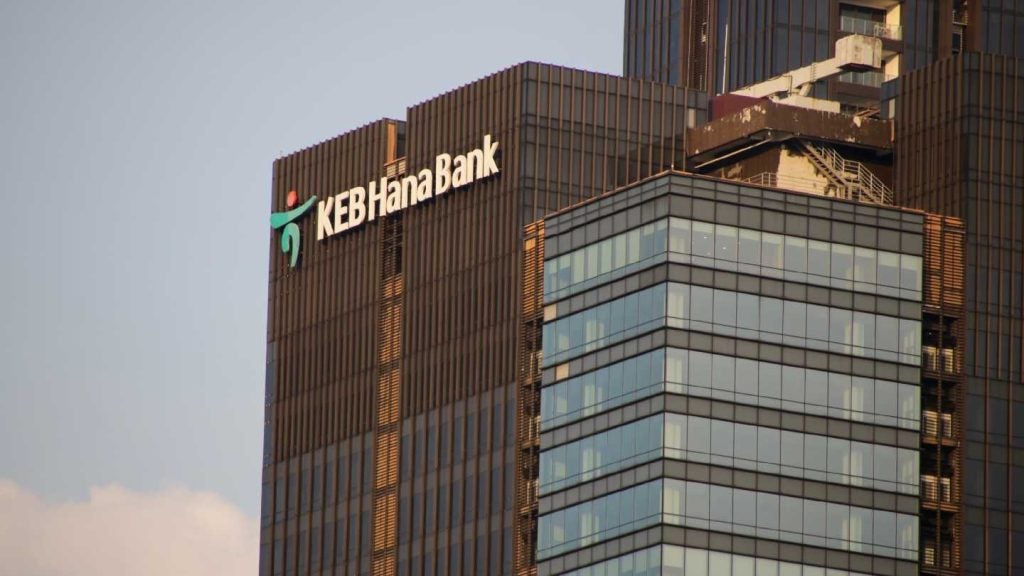In the 2014 Interbrand Top 100, financial institutions outperformed other industry verticals in terms of rising brand values. Patrick Brusnahan talks to Interbrand and finds out the reasons for the sector’s success and what they need to be wary of in the future
The Interbrand Top 100, founded in 2000, focuses on the brand value of huge global companies across several industries, from technology to car manufacturers to FMCG. The average rise of brand value this year was 6.5%, but financial services saw an average increase of 11% with none of the 11 financial institutions featured recording a decline.

Access deeper industry intelligence
Experience unmatched clarity with a single platform that combines unique data, AI, and human expertise.
American Express placed first in the financial services category, a position it has held for over six years, with an 11% rise in brand value to hit $19.5bn. The biggest riser in brand value was Santander with a dramatic 16% increase in brand value to reach $5.3bn.
While the outlook looks promising in 2014, the financial sector has seen its fair share of setbacks. While 11 brands have made the top 100 this year, there were 14 placing in the ranking merely three year ago. Overall value is considered to be close to $101bn, a 22% drop from its value of $130bn in 2008.
Graham Hales, Interbrand’s global chief marketing officer, believes that the remaining financial institutions should not worry about falling out of the top 100. It would only take something drastic to lower their values to such a dramatic extent.
When talking to RBI, he said: "Brand is becoming important within the financial category and these are all strong brands that manage themselves effectively. Will it always be these brands? It’s a pretty exclusive club. If you were already in the club and already have the value, it’s quite difficult for others to overtake you."

US Tariffs are shifting - will you react or anticipate?
Don’t let policy changes catch you off guard. Stay proactive with real-time data and expert analysis.
By GlobalDataRecent drop outs from the list have been attributed to declines in turnover and scandals following the global financial crisis. A particular example is Barclays. It entered the table in 2010, ranking 74th with a brand value of $4bn, but dropped out only two years later following the Libor scandal.
Controversies such as these begin to affect consumers’ trust of the brand. Trust is a main priority when maintaining and growing any sort of brand value. Hales said: "Trust is becoming increasingly important in financial services and that increases the role of brands. When some of the organisations started to go through a rough patch, it made brand more important. Trust has a number of different dimensions. On one hand, we feel about financial institutions, but would we actually welcome them into our lives?"
Trust is becoming increasingly important due to the type of data that banks and financial institutions hold. It is potentially more valuable than the data that any other industry has. Hales said: "As we start to come through the age of ‘big data’ and into, what we call, ‘the age of you’, the consumer is increasingly in control of their data and what they are prepared to let an organisation do with it. If financial institutions are going to use that with the blessing of their customers, they have to have more trust than ever before."
There is still a long way to go for banks to gain this much-needed trust. While this aspect in the sector is improving, there is a long way ahead to get to pre-2008 levels. Hales said: "Stereotypically, there are still trust issues. Certainly, there’s still some way to go before people have positive sentiment towards many financial institutions."
While the finance industry rebuilds trust and reputation, they need to be careful not to be usurped by other organisations with stronger, and more positive, brand recognition. The technology sector, with a brand value in the top 100 of $493bn, is taking steps into financial services. With companies such as Apple, number one in the table, and Amazon launching payment products, competition of consumers in increasing.
Hales said: "Potentially, this is the danger for financial services. Whilst it’s difficult for organisations to become a bank, these other brands have more popularity and that makes financial services vulnerable. People like engaging with companies like Apple and they have a high level of trust from the consumer. This is certainly a pressure point."







